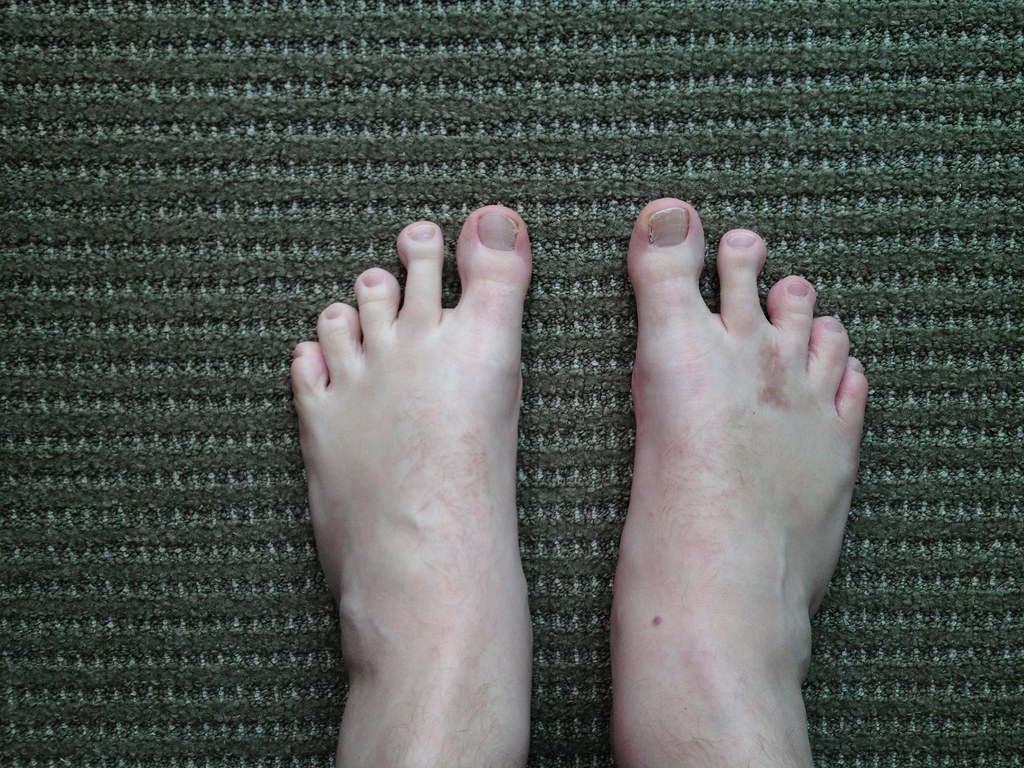Morton’s Neuroma is a condition of foot in which a stinging and painful feeling appears under the foot between third and forth toes. An individual having a morton’s neuroma may feel like they have a sock balled up underneath their toes.
Morton’s neuroma occur due to a thickening of the tissue around one of the nerves leading to your toes. This can cause a sharp tingling pain to the toes.
What are symptoms for Morton Neuroma:
How would you know that you have a morton’s neuroma? There are certain signs associated with a Morton’s neuroma.
As far as obvious signs, there is no visible skin changes or lumps. Sometimes you may notice the 3rd and 4th toe separating. Sometimes you may feel that you have a pebble under your foot which is a clear indication of the disorder. Sometimes patients will feel like their 3rd and 4th toes are numb.
If you are having the above symptoms, you may be suffering with a neuroma.
What causes morton neuroma:
Though there is no definitive reason why people get neuromas, there are certain factors which seem to contribute to the development of this problem:
- Wearing high heels:
Wearing high heels is one of the main reasons why people develop this issue. These high heel and tight fitted shoes put immense pressure on you foot. This pressure cause soft tissues and nerves to become inflamed and sometimes they thicken.
- Sports activities:
Playing sports is great for your health but there are certain sports that may cause formation of a morton’s neuroma. High impact sports can contribute to this problem. This impact puts pressure on your foot and lead to the disorder. Moreover, the sports which involve wearing tight shoes also cause the disorder. These sports include snow skiing and rock climbing. So while participating in these sports you have to take extra caution.
- Foot deformities:
There are some foot deformities which lead to this disorder. People having flatfoot, high arches, hammertoes etc are more prone to the disorder.
Treatment and Diagnosis of Morton Neuroma:
Treatment and diagnosis of the condition is essential to helping resolve the issue. The best way to diagnosis this condition is an MRI though we usually perform x-rays to rule out any fractures which may mimic the same symptoms. Once you have been diagnosed with a neuroma, conservative treatments include custom orthotics to offload the area, physical therapy and medications, and in some cases steroid injections to help shrink the nerve. While conservative therapy often works, in some instances, surgical excision of the neuroma may be required to help fully resolve the pain.
We here at Texas Foot and Ankle Consultants treat any and every foot and ankle condition. If you believe that you have an ingrown nail and it’s not responding to at-home care, please do not hesitate to contact us and we will resolve your pain the same day.


